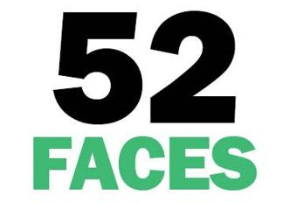
Jon Spargo, New Mexico Tech Astronomy Club
We lead off this month with an exciting event that will be visible to all of us in North America. The event will be a partial, but almost complete, lunar eclipse spanning the night of November 18/19. Entering the Earth’s penumbral shadow during the evening of the 18th, the Moon won’t enter the Earth’s umbral shadow until 12:18 a.m. MST on the 19th. The maximum will occur at 2:03 a.m. MST on the 19th. At that point, 97% of the lunar disk will be covered by the Earth’s shadow with only a very narrow sliver of the southern limb of the Moon’s disk peeking out. The show ends at 3:47 a.m. MST when the Moon exits the umbral shadow.
November brings us the Leonid meteor shower. The peak this year will be during the early morning hours of the 17th. Predicted to be a weak shower, this year’s viewing will be very difficult because of the nearly full Moon.
Venus still shines brightly in the early evening sky above the western horizon. Saturn and Jupiter will continue to entertain us in the early evening southwestern sky all month long. The two gas giants are still well placed for binocular and small to medium telescope viewing.
Mercury spends a bit of time just above the east-southeastern horizon during the first few days of the month. You may need some binoculars or a small telescope to pick it out in the pre-dawn sky about a half-hour before sunrise. An added incentive occurs on the morning of the 10th, when Mars, fresh from its conjunction with the Sun, peeks just above the horizon and is very close to Mercury. Again, good binoculars or a small telescope will aid you in viewing Mars’ return.
The Moon will be new on the 4th, first quarter on the 11th, full on the 19th, and last quarter on the 27th. Looking east-southeast on the morning of the 3rd, about 30 minutes before sunrise, the waning crescent Moon will appear to hover just above tiny Mercury. Looking southwest on the 7th, about an hour after sunset, the waxing crescent Moon will be just below and to the left of brilliant Venus. Looking to the southwest during the early evening hours on the 11th, the first quarter Moon will be about halfway between Saturn and Jupiter.
At 2 a.m. on Sunday, November 7th, Daylight Savings Time ends. Don’t forget to set your clocks back one hour and enjoy the extra hour of sleep!
Due to Covid-19 restrictions there will not be a first Saturday star party at the Etscorn Campus Observatory.
Clear Skies!
Jon Spargo
New Mexico Tech Astronomy Club
November 2021




















